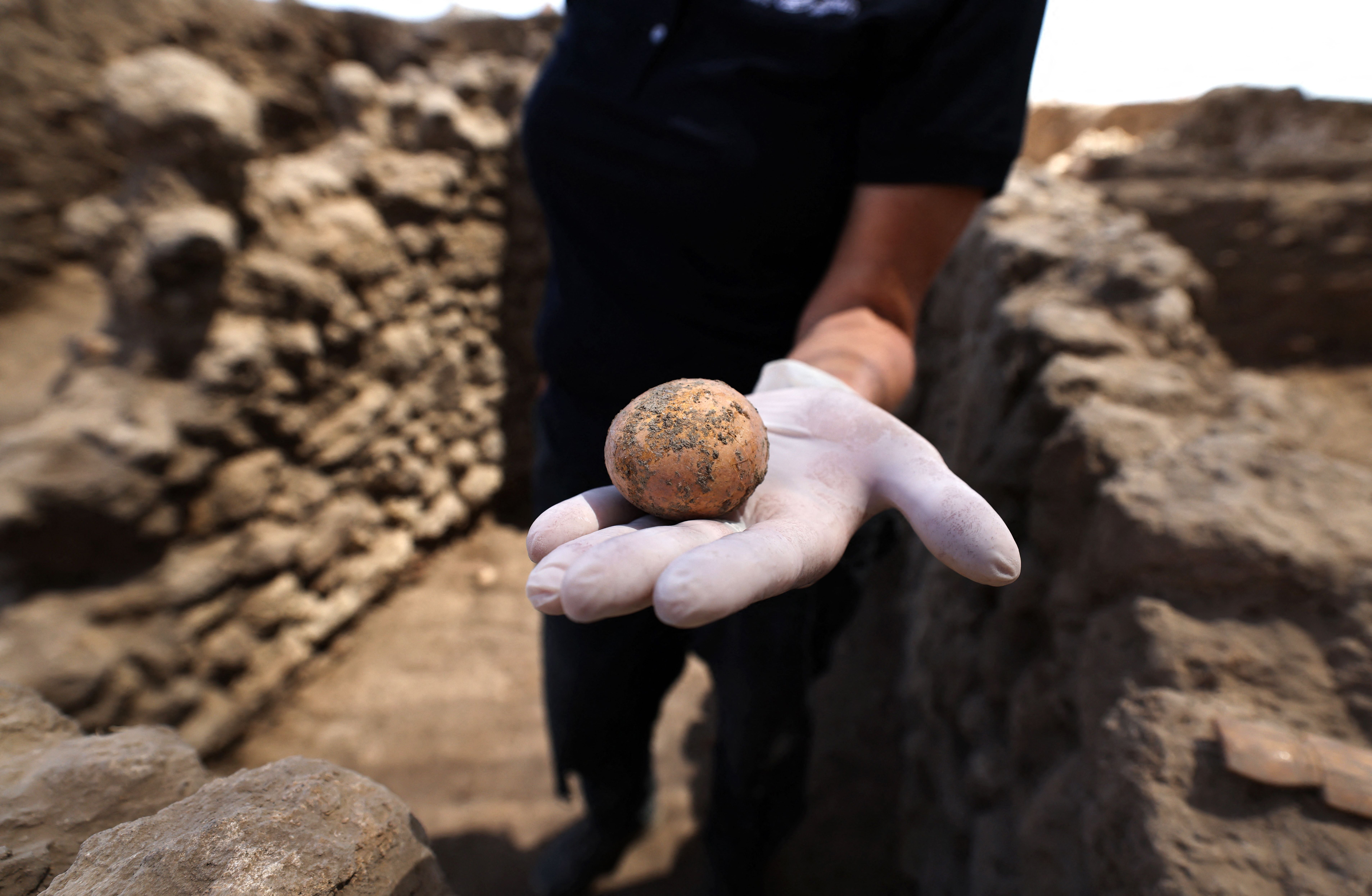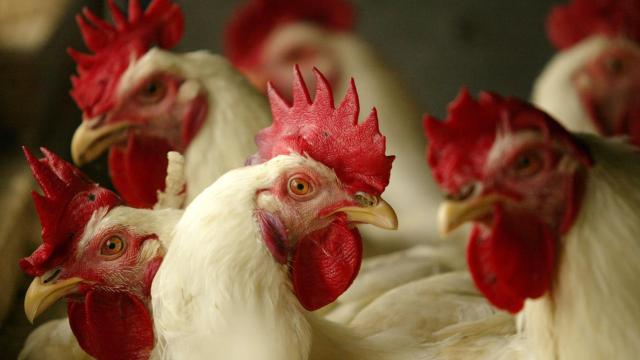The old existential question about which came first — the chicken or the egg — has had a meaningful breakthrough, as a team of researchers report a new age and location for the first unambiguously domesticated chickens.
Chickens (Gallus gallus domesticus) evolved from junglefowl, but exactly when and where humans first domesticated the animals has been up for debate. Previously, research contended that chickens emerged in Southeast Asia or India and northern China.
In the new work, a team looked at a trove of data on chicken remains found across about 600 different sites in 89 countries, and found the earliest evidence for domestic chickens to come from a Neolithic site in Thailand called Ban Non Wat.
“Although jungle fowl can feed on a variety of foods, they prefer seeds, so we assume that initially, wild birds foraged in the fields in search of seeds and occasionally entered the villages of cereal-cultivating farmers,” said Joris Peters, a zooarchaeologist at Ludwig-Maximilians University in Munich and lead author of the study, in an email to Gizmodo. “Over time, the fowl’s permanent presence in the human niche allowed developing a closer relationship between humans and birds and ultimately their domestication.”
Ban Non Wat’s faunal remains are dominated by chicken bones that date to between 1650 BCE and 1250 BCE, the researchers found. Excavations at the site also revealed evidence of juvenile birds, which the team interpreted as evidence of poultry farming.
Importantly, they found a correlation between the cultivation of rice and millet in Thailand and the zooarchaeological evidence of the chicken’s domestication. In other words, red junglefowl may have come across the rice and millet and decided that life would be easier around humans.

The previous candidates for the site of the chicken’s domestication are older than the Neolithic Ban Non Wat, but Peters argues that the prior research misidentified animals or interpreted wildfowl to be domesticated birds.
“By combining archaeofaunal and archaeobotanical evidence, our study rewrites the origins and history of poultry husbandry and offers for the first time a testable hypothesis for the integration of chicken farming into human subsistence practices,” Peters said.
Chickens are now far and away the world’s most numerous bird. There are billions of domestic chickens, and if the recent team’s conclusions are correct, a Neolithic community in southern Thailand had the first of them. The animals likely dispersed as people moved, especially by rivers and maritime transport, Peters said.
As more archaeological sites are found, more evidence about how the chicken became an integral part of our lives may emerge. And at least for now, it seems we have Neolithic farmers to thank for the bedrock of poultry farming.
